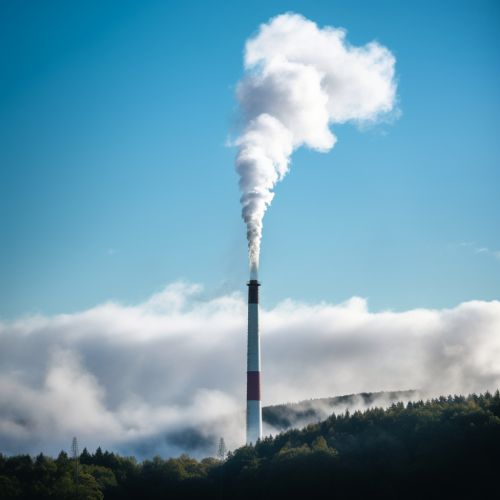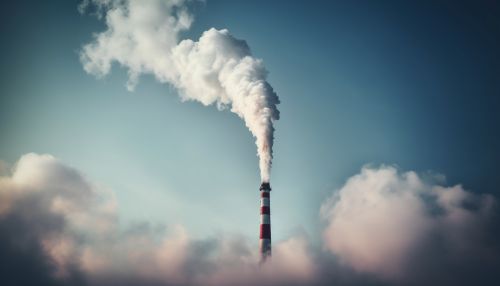Emission Standards
Introduction
Emission standards are legal requirements that set specific limits to the amount of pollutants that can be released into the environment. These standards are established by various environmental agencies and apply to a variety of industries, including transportation and power generation. They aim to reduce harmful emissions from vehicles, engines, and other equipment, thereby improving air quality and protecting public health.
History
The concept of emission standards dates back to the early 20th century, when industrialization led to a significant increase in air pollution. The first emission standards were established in the United States in the 1970s, following the creation of the EPA. Other countries, such as those in the European Union, have also adopted stringent emission standards in an effort to combat air pollution and climate change.
Types of Emission Standards
There are several types of emission standards, each targeting different sources of pollution and pollutants.
Vehicle Emission Standards
Vehicle emission standards regulate the amount of pollutants that can be emitted from various types of vehicles, including cars, trucks, and motorcycles. These standards often target pollutants such as carbon monoxide (CO), nitrogen oxides (NOx), particulate matter (PM), and volatile organic compounds (VOCs).
Industrial Emission Standards
Industrial emission standards apply to factories, power plants, and other industrial facilities. They regulate emissions of pollutants such as sulfur dioxide (SO2), nitrogen oxides (NOx), and particulate matter (PM).
Air Quality Standards
Air quality standards set limits on the concentration of pollutants in the air. These standards are often used to regulate emissions from a variety of sources, including vehicles, industrial facilities, and power plants.
Regulation and Enforcement
Emission standards are enforced through a variety of mechanisms, including inspections, monitoring, and penalties for non-compliance. In many cases, the enforcement of emission standards is the responsibility of environmental agencies, such as the EPA in the United States or the European Environment Agency in the European Union.
Impact on Industry
Emission standards have a significant impact on various industries, particularly those that are major sources of pollution. Compliance with these standards often requires the installation of pollution control equipment, changes in production processes, or the use of cleaner fuels. While these measures can be costly, they also lead to significant improvements in air quality and public health.
Impact on Public Health
Reducing emissions of harmful pollutants can have significant benefits for public health. Exposure to pollutants such as particulate matter, nitrogen oxides, and sulfur dioxide can lead to a variety of health problems, including respiratory diseases, heart disease, and premature death. By setting and enforcing emission standards, governments can reduce the risk of these health problems and improve the overall health of the population.
Future Developments
As the understanding of the impact of air pollution on health and the environment continues to evolve, so too do emission standards. Future developments in emission standards may include stricter limits on pollutants, the inclusion of new pollutants, and the development of standards for emerging industries and technologies.


